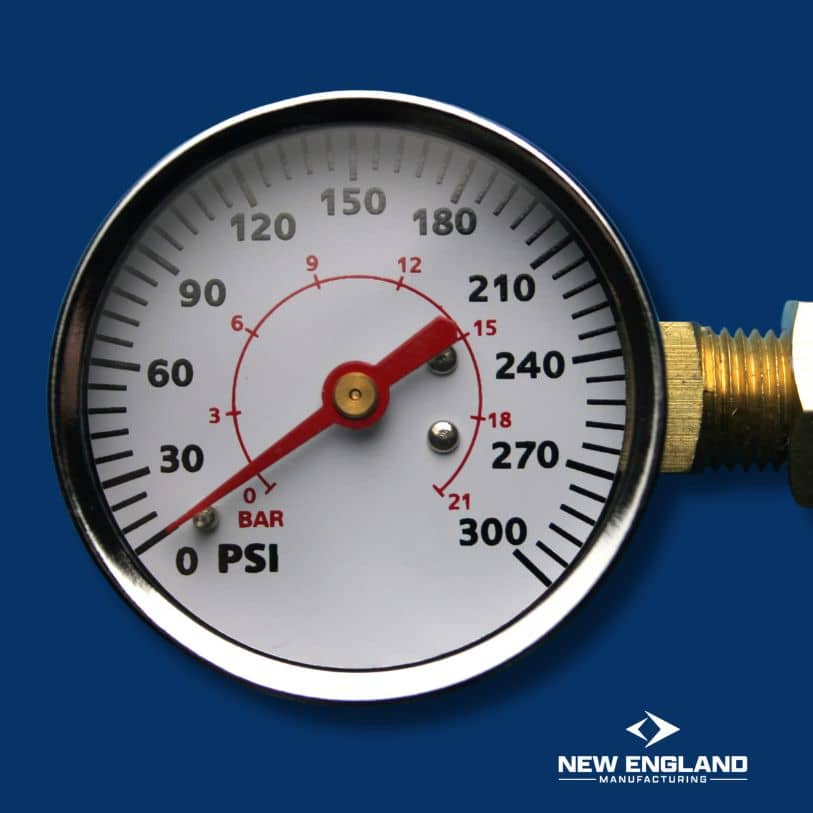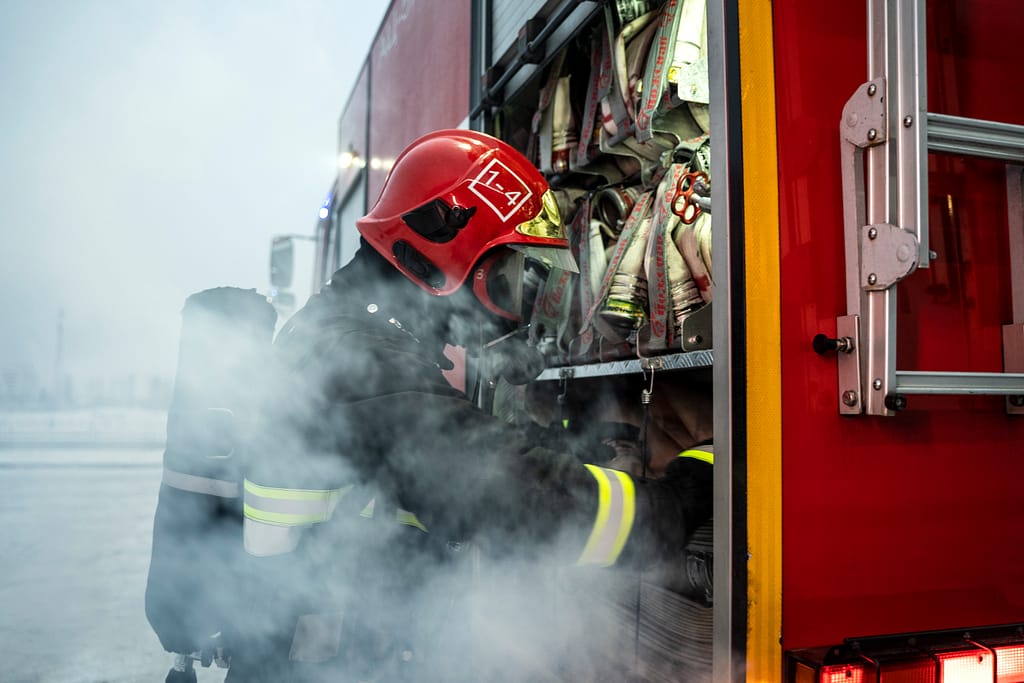Blue Fire Hydrant in High-Flow Municipal Water Systems
Blue fire hydrants are crucial elements within sophisticated municipal water networks throughout diverse geographical territories.
These strategically positioned emergency aquatic access nodes fulfill designated roles embedded within comprehensive infrastructure frameworks.
Comprehending the substantive importance of azure-hued hydrants necessitates thorough familiarity with nuanced chromatic classification methodologies implemented by municipal authorities and firefighting agencies to streamline emergency intervention protocols.
Regional water management associations maintain rigorous cataloging systems documenting each hydrant’s operational parameters, maintenance history, and hydraulic performance metrics.
The Function and Purpose of Blue Fire Hydrant
Blue fire hydrants signify exceptional hydraulic discharge capabilities within interconnected municipal aqueous distribution networks.
When confronting azure-painted hydrants during emergency scenarios, first responders instantaneously recognize these fixtures as delivery points capable of discharging substantial volumetric quantities, customarily surpassing 1,500 gallons per minute throughput capacity.
Such categorical designation becomes particularly consequential during expansive conflagration suppression initiatives demanding extensive water resource allocation.
The characteristic cobalt pigmentation facilitates expeditious visual acquisition despite atmospheric impediments, including smoke saturation, precipitation events, or diminished illumination circumstances.
Hydrodynamic engineers calculate precise flow ratings through comprehensive field testing procedures utilizing specialized pitot gauge instrumentation measuring discharge pressure at standardized aperture dimensions.
These measurements undergo conversion via logarithmic equations accounting for friction loss coefficients particular to specific municipal infrastructure configurations.
Recent advancements incorporate wireless transmission capabilities into select high-capacity hydrants, enabling remote operational status monitoring through municipal SCADA systems.
Understanding Fire Hydrant Color Classification Systems
The standardized fire hydrant color code system fluctuates across jurisdictional boundaries, yet predominantly adheres to frameworks outlined through National Fire Protection Association (NFPA) documentation 291.
These chromatic designations transmit vital operational intelligence to emergency responders concerning volumetric flow capabilities, aqueous source classification, and functional readiness status.
Municipal water authorities frequently supplement these primary classifications with additional bonnet and cap color variations to communicate pressure zone information.
Color-Coding Standards and Regional Variations
Different colored hydrants communicate specific information to firefighters and utility workers:
- Red fire hydrant – Often indicates hydrants connected to the municipal water system with standard flow capacity (less than 500 gallons per minute).
- Orange fire hydrant – Typically designates moderate flow capacity (500-999 gallons per minute) or connection to a pressurized system.
- Green fire hydrant – Usually signifies good flow capacity (1,000-1,499 gallons per minute) or connection to a dedicated water main.
- Blue fire hydrant – Indicates superior flow capacity (1,500+ gallons per minute), making these hydrants particularly valuable during major firefighting operations.
- Purple fire hydrant – Often used to mark hydrants dedicated to non-potable water sources or reclaimed water systems.
- Yellow fire hydrant – Frequently designates hydrants connected to a municipal system.
- Black fire hydrant – May indicate decorative or non-functional hydrants, or in some jurisdictions, hydrants that require maintenance.
Technical Specifications and Engineering Considerations
The engineering specifications for blue fire hydrants include specialized internal components designed to facilitate higher water flow rates.
These hydrants typically connect to larger water mains and feature reinforced valve systems capable of withstanding increased pressure demands during emergency deployment.
Maintenance Requirements for High-Capacity Hydrants
Blue fire hydrants necessitate meticulous preventative maintenance regimens due to their indispensable function within emergency mitigation strategies. Comprehensive maintenance protocols encompass multifaceted inspection methodologies scheduled at precise intervals:
- Quarterly exterior assessment procedures evaluating visible deterioration indicators, weathering effects, and accessibility parameters
- Semi-annual hydraulic performance verification through standardized flow measurement protocols
- Annual disassembly procedures facilitating comprehensive internal component evaluation
- Triennial pressure boundary integrity verification utilizing specialized hydrostatic testing apparatus
- Decennial comprehensive rehabilitation procedures, including complete disassembly, component replacement, and protective coating renewal
Municipal water authorities typically maintain dedicated infrastructure maintenance divisions with certified hydrant technicians with specialized qualifications.
These technical specialists utilize sophisticated diagnostic instrumentation, including ultrasonic thickness measurement devices, digital pressure recorders, and computerized flow analysis equipment to quantify operational parameters against manufacturer specifications.
Preventative maintenance documentation undergoes retention according to regulatory mandates, typically throughout the operational lifespan of individual hydrant assets, plus additional archival periods specified through municipal record retention schedules.
Advanced municipalities increasingly implement radiofrequency identification technology embedded within hydrant structures, facilitating automated maintenance scheduling through computerized maintenance management systems.
These technological advancements enable condition-based maintenance protocols rather than traditional time-based methodologies, potentially extending operational lifespans while reducing maintenance expenditures.
Sophisticated systems incorporate environmental sensors monitoring ambient conditions, including temperature fluctuations, potentially indicating freeze-thaw damage vulnerability in northern climate installations.
Water Infrastructure’s Silent Sentinels
Blue fire hydrants represent merely one component within an intricate firefighting infrastructure ecosystem. Their strategic deployment throughout urban environments corresponds with municipal engineers’ water main capacity analysis.
Water resource specialists evaluate terrain features, population density, commercial zoning, and construction materials prevalent in surrounding structures for high-capacity hydrants’ optimal placement.
The distinctive azure coloration serves multiple practical purposes beyond aesthetic considerations.
Research demonstrates that blue ranks among the most visually identifiable colors in low-visibility conditions, including smoke-filled environments and nighttime operations.
This visibility factor potentially reduces response time during emergency scenarios when combating rapidly spreading fires.
Engaging with Critical Infrastructure Protection
Municipal water distribution networks benefit substantially from vigilant community stakeholders possessing a comprehensive understanding of crucial infrastructure components.
Proactive citizens should establish communication channels with regional fire protection authorities concerning educational initiatives addressing hydrant system functionality and volunteer participation opportunities supporting preventative maintenance programs.
Furthermore, expeditious notification regarding compromised hydrant operational status through established reporting mechanisms substantially enhances communal emergency preparedness metrics.
Several tangible engagement pathways exist for concerned individuals seeking meaningful involvement with critical infrastructure protection:
- Participate in seasonal hydrant accessibility initiatives, removing vegetation encroachment, and ensuring adequate clearance zones
- Document hydrant locations utilizing smartphone applications designed for infrastructure mapping contributions
- Engage with municipal planning committees during water system expansion deliberations
- Support adequate funding allocation for hydrant maintenance through informed participation in local governance processes
- Organize neighborhood emergency preparedness groups, incorporating hydrant location awareness into emergency response planning
Progressive municipalities increasingly implement “adopt-a-hydrant” programs, enabling residents to monitor specific infrastructure components within their immediate vicinity, substantially augmenting official inspection protocols through distributed surveillance methodologies.
These community-based oversight mechanisms have demonstrated measurable improvements regarding system reliability metrics while enhancing community engagement with critical infrastructure protection initiatives.
Feel free to reach out to us for further information. We’d be happy to chat with you!

Mark R.
With a strong foundation in industrial safety and fire protection systems, Mark R. specializes in creating clear, technical, and compliance-driven content. Writing for SafeTech Reports, he covers topics such as fire hydrant testing, PPE protocols, emergency procedures, and smart technology integration in safety systems. His work ensures that professionals stay informed on the latest regulations, best practices, and emerging trends in safety and infrastructure maintenance.
Get in touch
We usually respond within 24 hours
Need Reliable Water Flow Test Equipment?
For over 70 years, New England Manufacturing has been the trusted source for fire hydrant and water flow testing kits. From pitot gauge kits to custom test kits, we provide precision, durability, and expert calibration to meet your needs.
- Custom-built test kits
- High-quality pressure gauges
- Reliable calibration services



